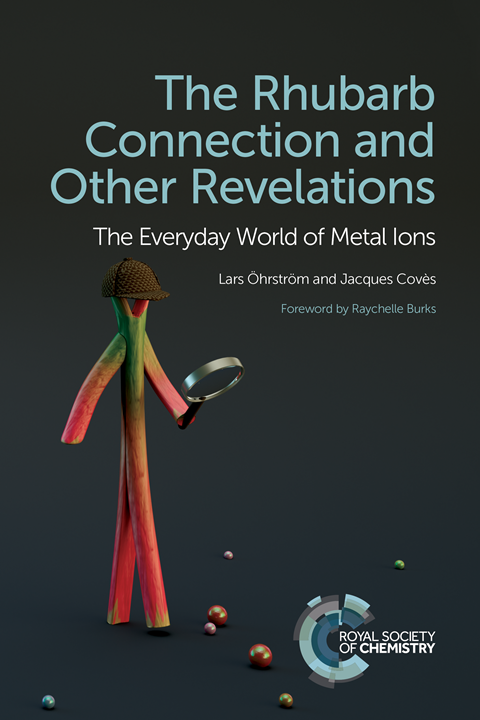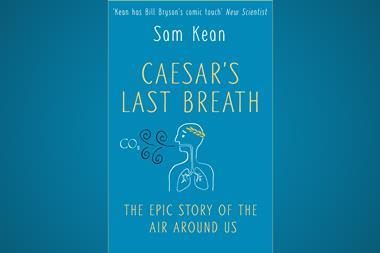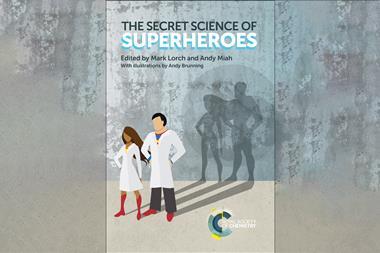Lars Öhrström and Jacques Covès
Royal Society of Chemistry
2017 | 190pp | £21.50
ISBN 9781788010948
Buy this book from Amazon.co.uk

I have fond memories of revising for my general inorganic chemistry finals exam (no, really). The paper was designed to be synoptic, and the first section simply consisted of a list of molecular formulae: pick three and write down pertinent facts about their chemistry. I covered the walls of my room with revision posters of all the molecules that might come up in the exam. One my favourites by far was haemocyanin. This bioinorganic molecule is found in the blood of invertebrates, and its ability to carry and transport oxygen hinges on the fascinating chemistry of the single copper metal ion at its centre.
With these happy recollections, I was very excited to read The Rhubarb Connection. Öhrström and Covès do a great job of telling the stories of the metal ions at the heart of so much modern technology and medicine. And they do so from a very relatable human perspective, brilliantly linking for example the titular rhubarb to Napolean III’s painful bladder stones via oxalic acid.
I would highly recommend this book to readers with an existing interest in chemistry, and a good degree of familiarity with nomenclature and formulae. I worry, though, that despite the authors’ efforts to explain the central concepts to a non-technical audience, those without at the very least hazy memories of A-level chemistry will find large parts of this book hard going unless they are very committed. The authors do not shy away from technical diagrams or chemical vocabulary, and many explanations in the book require an understanding of ball and stick diagrams to understand the position of the metal centre.
Having said that, The Rhubarb Connection would be a great palette cleanser for final year university students weary of revision, and an excellent advanced text for secondary school chemistry students wishing to stretch their knowledge beyond the syllabus.












No comments yet